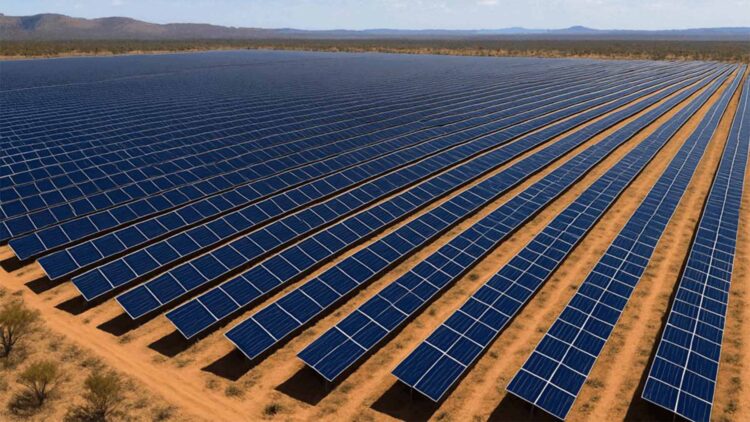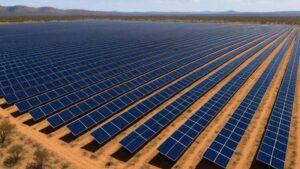
Australia is set to implement a plan offering residents three hours of free electricity each day, capitalizing on an unprecedented solar energy surplus. This initiative comes as the nation grapples with the challenges of excess solar power, aiming to utilize renewable energy effectively while reducing reliance on fossil fuels.
Solar Energy Overload: A New Challenge
The country has become a leader in solar energy, thanks to its favorable climate and vast open spaces. However, as households and businesses increasingly generate their own electricity, Australia has faced a unique challenge: periods where the electrical grid receives more energy than it can handle. During low-demand times, especially midday, the surge of excess solar energy risks overwhelming the grid.
In response to this issue, the Australian Energy Regulator (AER) began monitoring areas with excessive solar output in 2021. By early 2024, households contributing surplus energy were charged fees, leading retailers to lower prices to encourage more balanced energy consumption. By July 2025, a mandatory “sun tax” will penalize homeowners who overload the grid between 10:00 a.m. and 3:00 p.m.
Introducing the Free Energy Plan
Instead of solely imposing penalties, the government’s new initiative also seeks to promote responsible energy use during designated times, known as “solar savings hours.” Homes connected to the national grid will automatically benefit from this program, eliminating the need for complex applications or registrations. Residents must simply adjust their energy-intensive activities to align with the designated free period.
Families can utilize this free electricity to save on bills by scheduling the use of appliances like washing machines and dishwashers during these hours. Moreover, as more households transition to solar energy, there is potential for a significant decrease in coal and gas consumption, which would contribute to lower emissions and less pollution.
To ensure smooth implementation, energy meters will track usage during the free hours. Technology companies are developing smart home applications to assist residents in managing their energy consumption effectively.
Looking ahead, Australia’s ambition extends beyond free electricity. The government is exploring the use of green hydrogen, aiming to convert excess solar energy into clean fuel. The development of battery storage systems is also underway, which would allow for the storage of surplus energy for later use.
Australia’s innovative approach to managing its solar energy surplus not only positions the country as a leader in renewable energy but also exemplifies how such resources can be harnessed to benefit both the environment and the economy. As the plan rolls out, it may serve as a model for other nations grappling with similar challenges in the transition to sustainable energy sources.







